Your Exclusive Sneak Peek at Houston’s Stunning New Art School — Inside a Remade Glassell: Museum District Jewel Sets Stage for a Walkable City
BY Catherine D. Anspon // 05.13.18View of the Susan and Fayez S. Sarofim Campus from the BBVA Compass Roof Garden of the Glassell School of Art (All renderings courtesy Steven Holl Architects)
Gone is the original postmodern, glass-bricked Glassell School of Art built in 1979. In its place stands an L-shaped baroque barge of a building with a grassy incline leading up to the BBVA Compass Roof Garden. This bold vision for an outdoor public space, activated by the new Glassell’s architecture and punctuated by an Anish Kapoor acquisition, remakes the Museum District destination into Houston’s poster child for a walkable city.
Beyond the dramatic staccato of the concrete-and-glass Steven Holl architecture, however, what happens inside has equal significance. We gaze back at the Glassell’s beginnings and peer into the future for the institution that birthed the Core Fellows 35 years ago.
It will soon welcome more than 8,500 students annually, as the only museum school in America to offer art classes encompassing pre-K through post-graduate.
The Glassell’s Fine History
First there was the Museum School, then there was the Glassell. The former went through numerous iterations since its founding in September 1927, three years after the opening of the Museum of Fine Arts, Houston. The first classes were taught in the then-unfinished east wing of the William Ward Watkin-designed neoclassical edifice, still extant and among the oldest museum in Texas.
After the addition of Cullinan Hall in 1958 and the opening of the Junior School, art lessons relocated to the MFAH basement.
In the 1970s, classes moved to 5101 Montrose and 909 Berthea, then to 3815 Garrott Street, a sturdy brick Montrose warehouse where instructors included painters Dick Wray and Dorothy Hood and art historian David Brauer. By the end of the decade, a new school arose, thanks to the largesse of MFAH trustee, collector and major donor Alfred Glassell Jr.
Unveiled January 1979 in a forward-looking postmodernistic building by Eugene Aubrey of S.I. Morris Associates, the new Glassell School of Art gave home to not only classes, but a residency that would put Houston on the international art map.
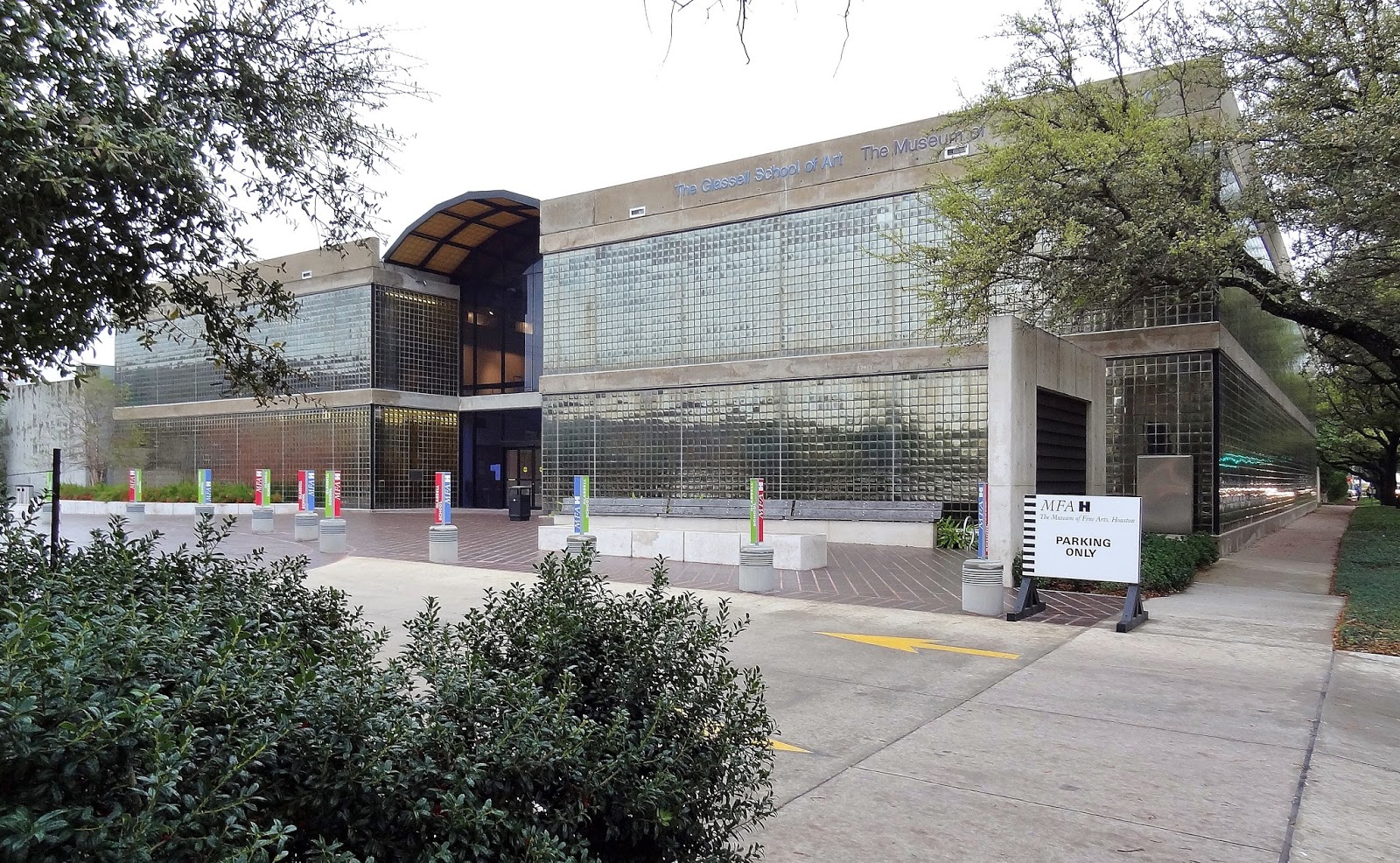
In September 1982, new director Allan Hacklin and associate director Rachel Hecker launched a Core Program for post-grad study that has become a pipeline for international and national artists to settle in Houston. The work produced during the residencies has led to exhibitions in prestigious international surveys, including the Whitney Biennial and the Venice Biennale.
Three of the most acclaimed Core Fellows to date reflect the diversity of the program. Paris, Texas native Trenton Doyle Hancock, a two-time Whitney Biennial talent, currently resides in Houston. Shahzia Sikander’s training in the lost art of Pakistani miniatures spills over into her practice, making her one of the first Core Fellows to land in the Whitney Biennial, in 1997. Julie Mehretu, a MacArthur “Genius” grantee whose canvases now sell for more than $4.6 million, recently ranked fifth among women artists by auction record. Her work depicts abstract world metropolises, a mirror of her upbringing in Detroit and Addis Ababa, Ethiopia.
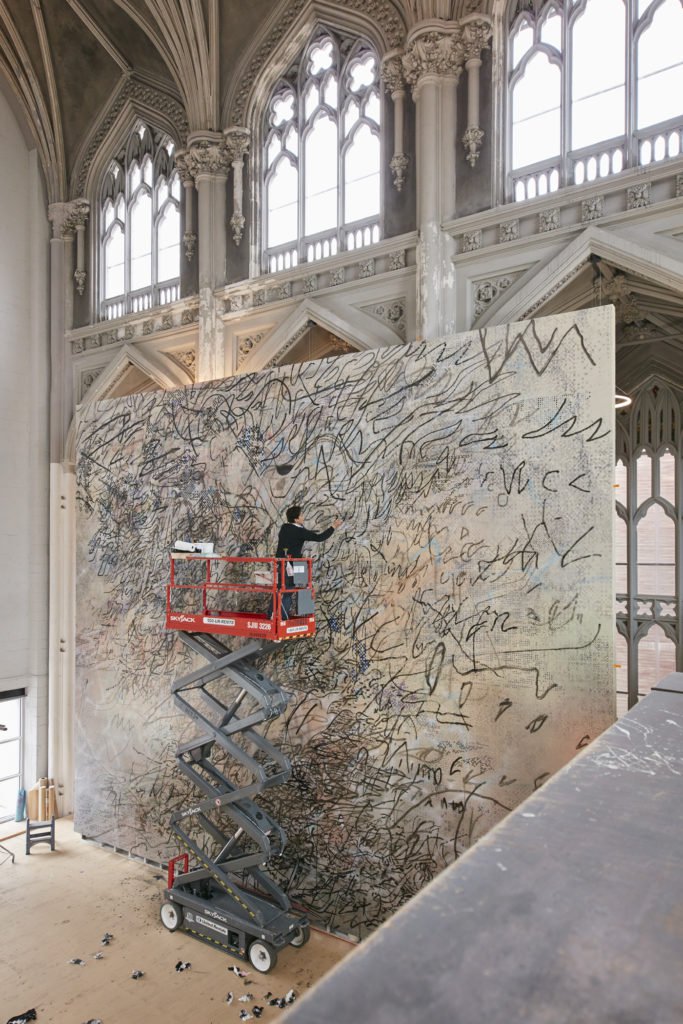
Glassell Insider Notes
GARY TINTEROW
MFAH director, chief fundraiser for the $450 million new museum campaign
A pedestrian path to urbanism.
“The new Glassell building, The Brown Foundation, Inc. Plaza, and the BBVA Compass Roof Garden are each very important in the larger plan of opening the campus to the public and making the Museum District a pedestrian environment and destination. We expect to see more people enjoying our public spaces, parking in our garages, and exploring the entire neighborhood on foot.”
STEVEN HOLL
Architect of the 500,000-square foot, 14-acre redux of the MFAH campus, the largest cultural construction project currently in America
Two defining features of the new Glassell.
“I proposed the ramp up as an integral way to connect the new Glassell to the whole future campus. The angle of the incline is similar to some walls Isamu Noguchi made for the [Cullen] sculpture garden. The angle is also reflected in the precast concrete wall elements of the facades.
A roof garden has been a part of the design since September 2011. The inclined path became a part of the winning design in December 2011. The day when people can walk up and get this new viewpoint embracing all of the MFAH campus will be a truly joyful moment.”
JOE HAVEL
Glassell director and molder of the school, whose tenure extends across three decades, beginning in 1991 as Core Program associate director
The promise of the new Glassell.
“The building has enhanced facilities, most notably in the sculpture, ceramics, and jewelry departments. The new gallery spaces will upgrade our exhibitions. Even more fundamentally, it is a building designed for the digital age that will integrate digital media into all other aspects of the museum. The school will also have an enhanced connection to the museum’s gallery buildings — something that will be emphasized even more when the Kinder exhibition building is complete [eta early 2020].”
What was preserved.
“A central quality of the previous building that has been enhanced in the new building is its openness to the general public. The big central forum and exhibition space of the old Glassell building is reinvented in the new building, with a central forum with a grand stairway, access to exhibition spaces, a nearby lecture hall, and a grab-and-go cafe.
The old school was an inviting place that people felt they owned, and I hope that feeling will carry over into the new space.
Architecturally, we salvaged some glass blocks and are building an exterior wall between the Cullen Sculpture Garden and The Brown Foundation, Inc. Plaza, which falls on the perimeter wall of the previous building and serves as a historical reminder.”
Your involvement in the design.
“I was involved at key points from its very inception. I worked with Gary Tinterow and Willard Holmes from the MFAH and members of the Steven Holl team, including Chris McVoy, who was a strong voice in authoring this building. As the building developed and construction began, the questions became more practical and detailed at which point members of the Glassell staff and faculty, under the leadership of associate director Jenny Cronin, worked with the design team as well as members of the McCarthy construction team to get everything right.”
The next decade.
“World-class cities deserve world-class art schools. My goals align with this ambition. We are working right now to develop new collaborations within the Houston community that will make us even more of a hub for art practice… I am excited for what we can do as an engine for 21st century culture.”
To be among the first to tour the new Glassell — and check out the showcase BBVA Compass Roof Garden — check out the free Community Day next Sunday, May 20. For more information click here.
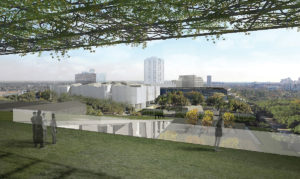
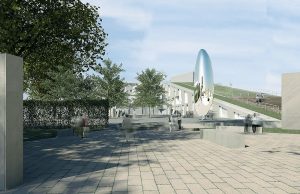

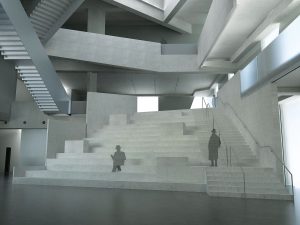



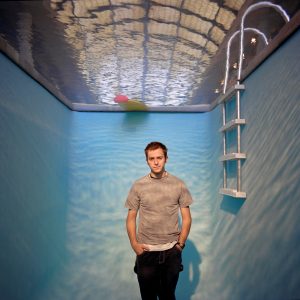

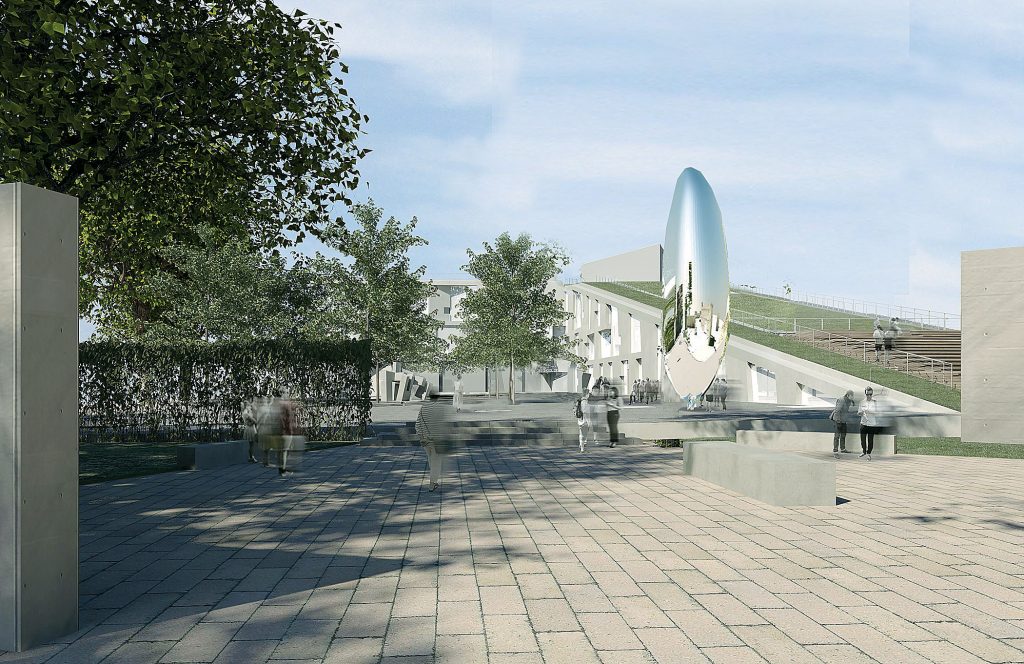

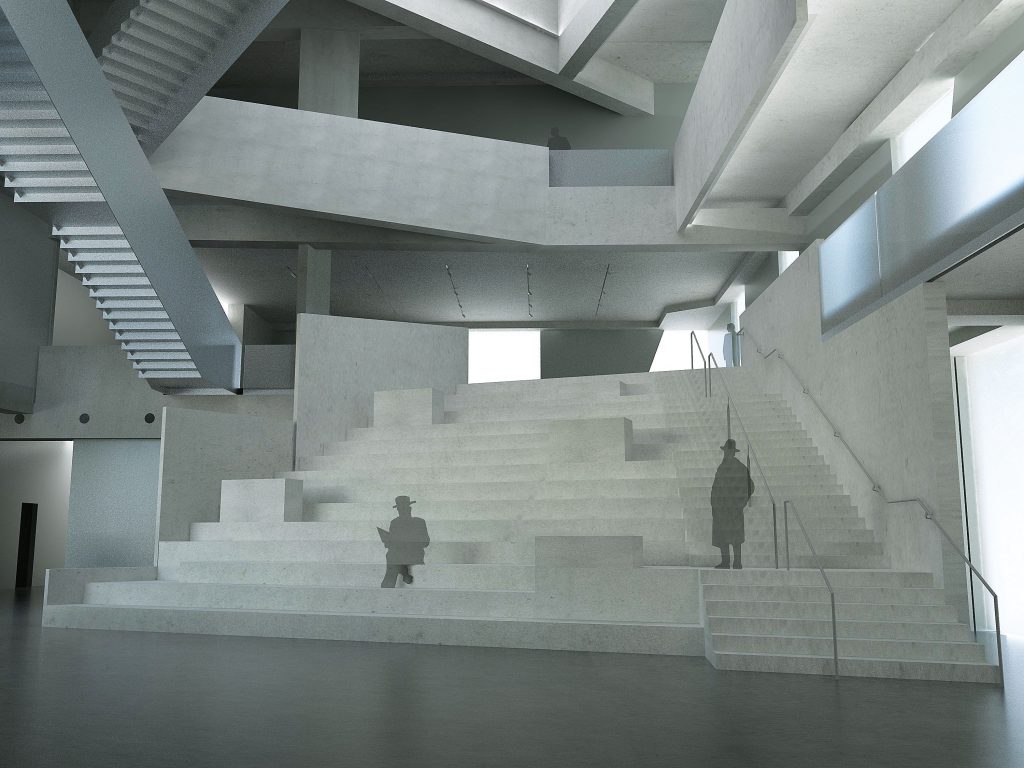






_md.jpg)










